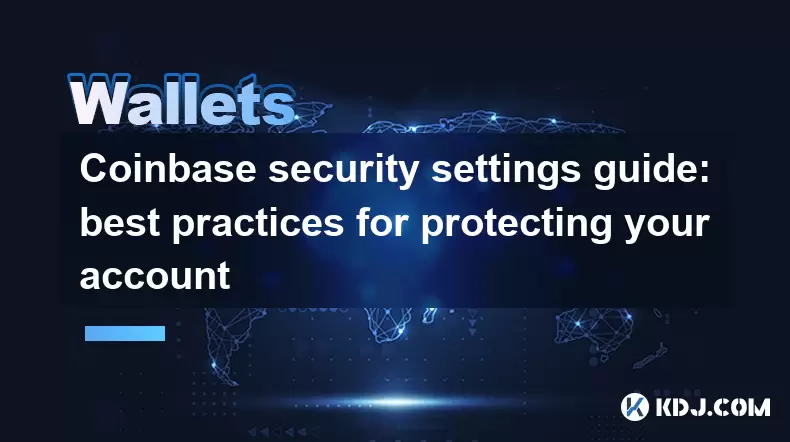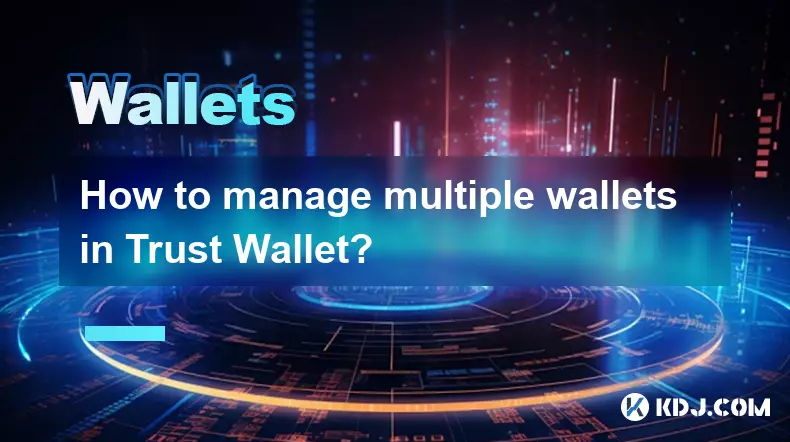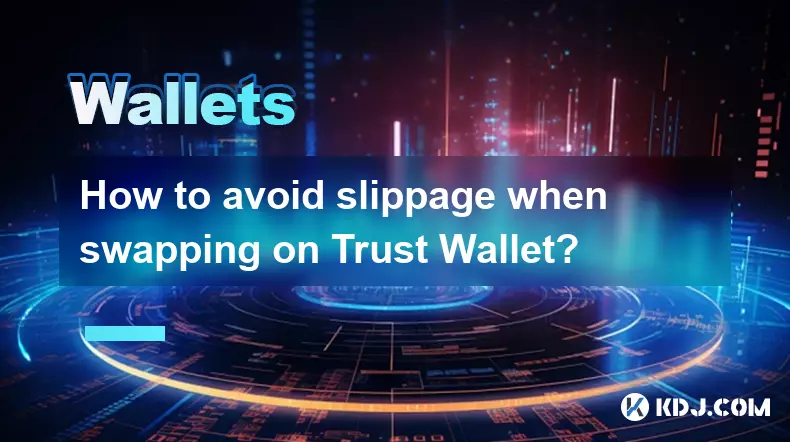-
 Bitcoin
Bitcoin $108200
-0.50% -
 Ethereum
Ethereum $4389
0.37% -
 Tether USDt
Tether USDt $1.000
0.00% -
 XRP
XRP $2.776
-1.46% -
 BNB
BNB $858.0
-0.48% -
 Solana
Solana $200.9
-0.91% -
 USDC
USDC $0.9999
-0.01% -
 TRON
TRON $0.3408
0.49% -
 Dogecoin
Dogecoin $0.2138
-0.97% -
 Cardano
Cardano $0.8112
-1.34% -
 Chainlink
Chainlink $23.23
-1.01% -
 Hyperliquid
Hyperliquid $44.35
0.70% -
 Ethena USDe
Ethena USDe $1.001
0.01% -
 Sui
Sui $3.252
-1.62% -
 Stellar
Stellar $0.3528
-1.95% -
 Bitcoin Cash
Bitcoin Cash $544.6
-1.53% -
 Avalanche
Avalanche $23.43
-1.52% -
 Cronos
Cronos $0.2942
-2.87% -
 Hedera
Hedera $0.2189
-3.04% -
 UNUS SED LEO
UNUS SED LEO $9.612
0.70% -
 Litecoin
Litecoin $108.9
-1.65% -
 Toncoin
Toncoin $3.167
1.32% -
 Shiba Inu
Shiba Inu $0.00001219
-1.18% -
 Uniswap
Uniswap $9.623
-1.03% -
 Polkadot
Polkadot $3.740
-1.76% -
 Dai
Dai $0.9998
-0.01% -
 Bitget Token
Bitget Token $4.533
-0.33% -
 Monero
Monero $262.6
1.54% -
 Aave
Aave $316.0
-0.97% -
 Ethena
Ethena $0.6440
-1.59%
Coinbase security settings guide: best practices for protecting your account
"Secure your Coinbase account by enabling 2FA, using trusted verification methods, and regularly reviewing active sessions and withdrawal settings to protect your digital assets effectively."
Jun 30, 2025 at 06:28 am

Understanding the Importance of Security Settings on Coinbase
When it comes to managing digital assets, security is the most critical factor. Coinbase, being one of the largest and most trusted cryptocurrency exchanges globally, provides users with a range of security tools and settings. However, many users fail to fully utilize these features, leaving their accounts vulnerable to phishing attacks, unauthorized access, or even internal breaches. Understanding how to properly configure your Coinbase account’s security settings ensures that your funds remain safe and under your control.
Setting Up Two-Factor Authentication (2FA)
One of the first steps in securing your Coinbase account is enabling Two-Factor Authentication (2FA). This adds an extra layer of protection beyond just your password.
- Navigate to your account settings on Coinbase.
- Click on the Security tab.
- Locate the Two-Factor Authentication section.
- Choose either SMS-based 2FA or use an authenticator app like Google Authenticator or Authy.
While SMS-based 2FA is better than none, using an authenticator app is more secure because it is not susceptible to SIM-swapping attacks. Once enabled, every login attempt will require a time-sensitive code generated by your chosen method.
Managing Login Verification Methods
Coinbase allows you to set up multiple verification methods for logging into your account. These include email verification, mobile number confirmation, and third-party authentication apps.
- Go to the Security & Privacy settings.
- Under Login preferences, select your preferred verification method.
- Ensure that email and phone number are verified before proceeding.
It's also possible to receive push notifications through the Coinbase mobile app for login attempts. This feature allows you to instantly approve or deny any suspicious activity. Enabling multiple verification methods increases redundancy, ensuring you can always regain access even if one method fails.
Reviewing Device Recognition and Session Management
Coinbase has a built-in feature called Device Recognition, which helps identify devices used to access your account. When this is enabled:
- The system remembers trusted devices.
- New devices trigger alerts via email or push notifications.
- You can manually review and remove unrecognized devices from your account.
To manage sessions:
- Visit the Security tab in your account settings.
- Look for the Active Sessions section.
- Review all current login sessions and log out any unfamiliar ones.
Regularly auditing active sessions is essential. If you notice a session from a location or device you don’t recognize, take immediate action by logging it out and changing your password.
Configuring Withdrawal Whitelists and Address Book
For advanced security, especially for frequent traders or long-term holders, Coinbase offers the option to create a Whitelist of approved withdrawal addresses.
- Access the Withdrawal settings under the Security tab.
- Enable the Address Whitelist feature.
- Add only the wallet addresses you trust and frequently use.
This prevents attackers from transferring funds to unknown wallets even if they gain partial access to your account. Additionally, maintaining a clean and updated address book ensures accuracy and reduces the risk of accidental transfers to malicious addresses.
Utilizing Email and Account Activity Monitoring
Coinbase sends real-time email notifications for various activities such as logins, withdrawals, and changes to your account settings.
- Make sure your primary email address is up-to-date and protected with strong credentials.
- Enable all relevant notification options within the Security Preferences.
- Regularly check your inbox for unusual activity alerts.
You can also view a full log of account activity directly from the Coinbase dashboard. This includes timestamps, IP addresses, and actions taken. If anything seems suspicious, immediately initiate a password reset and contact support.
Frequently Asked Questions
What should I do if I lose access to my 2FA device?If you no longer have access to your 2FA method, Coinbase provides recovery options based on your backup codes or secondary email. It’s crucial to store these codes securely offline in case of emergencies.
Can I use hardware keys for Coinbase security?Yes, Coinbase supports FIDO2-compliant hardware security keys such as YubiKey. These provide a highly secure alternative to software-based 2FA and are recommended for high-value accounts.
How often should I update my Coinbase password?While there’s no strict requirement, changing your password every 60–90 days is considered a best practice. Always ensure your new password is unique and not reused across other platforms.
Is it safe to keep crypto on Coinbase long-term?Coinbase is generally safe for short to medium-term storage. For long-term holdings, transferring funds to a cold wallet (offline storage) is advisable to reduce exposure to potential exchange-related risks.
Disclaimer:info@kdj.com
The information provided is not trading advice. kdj.com does not assume any responsibility for any investments made based on the information provided in this article. Cryptocurrencies are highly volatile and it is highly recommended that you invest with caution after thorough research!
If you believe that the content used on this website infringes your copyright, please contact us immediately (info@kdj.com) and we will delete it promptly.
- Memecoins September 2025 Watchlist: What's Hot Now?
- 2025-08-31 23:25:15
- Eric Trump Predicts Bitcoin to $1 Million: Hype or Reality?
- 2025-08-31 23:25:15
- BlockDAG: Redefining Scalability and ROI Potential in 2025
- 2025-08-31 23:05:16
- Ozak AI, Altcoins, and 20x Potential: Navigating the Crypto Landscape
- 2025-09-01 00:05:12
- Bonk Price, Solana Meme Coin, and the Rise of Layer Brett: A New Era?
- 2025-08-31 21:25:12
- ETH Transactions Soar, BTC Whale Shifts Gears: Decoding August's Crypto Charts
- 2025-08-31 21:05:16
Related knowledge

How to use Trust Wallet's built-in DEX?
Aug 29,2025 at 07:28am
Understanding Trust Wallet’s Built-in DEX1. Trust Wallet integrates a decentralized exchange (DEX) directly within its mobile application, allowing us...

How to manage multiple wallets in Trust Wallet?
Aug 30,2025 at 04:45am
Understanding Wallet Management in Trust Wallet1. Trust Wallet supports a wide range of cryptocurrencies and tokens, allowing users to manage multiple...

How to avoid slippage when swapping on Trust Wallet?
Aug 29,2025 at 03:01am
Understanding Slippage in Decentralized Exchanges1. Slippage occurs when the price of a cryptocurrency changes between the time a transaction is initi...

How to receive Bitcoin in Trust Wallet?
Aug 31,2025 at 08:36pm
Understanding Bitcoin Reception in Trust Wallet1. Trust Wallet supports Bitcoin (BTC) as one of its core cryptocurrencies. To receive Bitcoin, users m...

How to buy altcoins on Trust Wallet?
Aug 29,2025 at 11:36pm
Understanding Trust Wallet and Altcoin Purchases1. Trust Wallet is a non-custodial cryptocurrency wallet that supports a wide range of altcoins and bl...

How to participate in an ICO with Trust Wallet?
Aug 30,2025 at 04:36pm
Understanding ICOs and Trust Wallet Compatibility1. Initial Coin Offerings (ICOs) are fundraising mechanisms used by blockchain projects to raise capi...

How to use Trust Wallet's built-in DEX?
Aug 29,2025 at 07:28am
Understanding Trust Wallet’s Built-in DEX1. Trust Wallet integrates a decentralized exchange (DEX) directly within its mobile application, allowing us...

How to manage multiple wallets in Trust Wallet?
Aug 30,2025 at 04:45am
Understanding Wallet Management in Trust Wallet1. Trust Wallet supports a wide range of cryptocurrencies and tokens, allowing users to manage multiple...

How to avoid slippage when swapping on Trust Wallet?
Aug 29,2025 at 03:01am
Understanding Slippage in Decentralized Exchanges1. Slippage occurs when the price of a cryptocurrency changes between the time a transaction is initi...

How to receive Bitcoin in Trust Wallet?
Aug 31,2025 at 08:36pm
Understanding Bitcoin Reception in Trust Wallet1. Trust Wallet supports Bitcoin (BTC) as one of its core cryptocurrencies. To receive Bitcoin, users m...

How to buy altcoins on Trust Wallet?
Aug 29,2025 at 11:36pm
Understanding Trust Wallet and Altcoin Purchases1. Trust Wallet is a non-custodial cryptocurrency wallet that supports a wide range of altcoins and bl...

How to participate in an ICO with Trust Wallet?
Aug 30,2025 at 04:36pm
Understanding ICOs and Trust Wallet Compatibility1. Initial Coin Offerings (ICOs) are fundraising mechanisms used by blockchain projects to raise capi...
See all articles

























































































